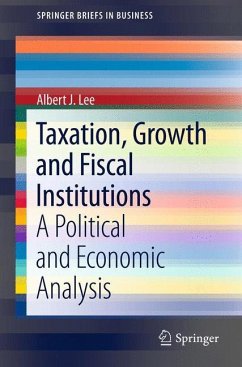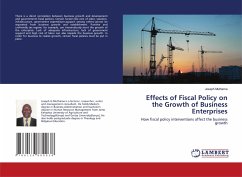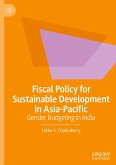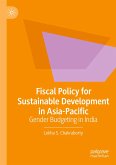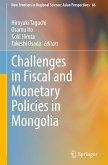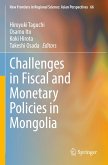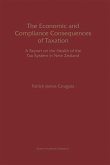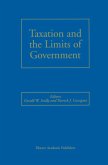The causal relationship between growth and inequality is complex, and there have been many scholarly works to study this relationship since the seminal work of Kuznets in the 1950s. Few recent studies in this field have shown that the nature of relationship is multifaceted and non-linear. In addition to the intrinsic non-linear nature of the relationship, government and institutions play pivotal role in distributing the benefits of growth to reduce inequality. The responsiveness greatly depends upon a country's initial conditions in terms of inequality and the nature of democracy prevailing in the country.
This volume highlights the role of institutions in explaining the gulf between inequality and growth, by applying a dynamic general equilibrium framework and by utilizing econometric techniques. Econometrically two important hypotheses are tested. First, assuming there is no difference in institutions, the growth rate increases as inequality decreases. Second, assuming inequality remains unchanged, improvement in the integrity of fiscal institutions results in higher economic growth.
Integrating theoretical and empirical approaches, this volume links crucial economic concepts in a novel way, and goes beyond academic analysis to suggest policy implications, and will serve as a valuable resource for scholars and policymakers alike in the fields of economic growth and development, public policy, and economic modeling.
This volume highlights the role of institutions in explaining the gulf between inequality and growth, by applying a dynamic general equilibrium framework and by utilizing econometric techniques. Econometrically two important hypotheses are tested. First, assuming there is no difference in institutions, the growth rate increases as inequality decreases. Second, assuming inequality remains unchanged, improvement in the integrity of fiscal institutions results in higher economic growth.
Integrating theoretical and empirical approaches, this volume links crucial economic concepts in a novel way, and goes beyond academic analysis to suggest policy implications, and will serve as a valuable resource for scholars and policymakers alike in the fields of economic growth and development, public policy, and economic modeling.

